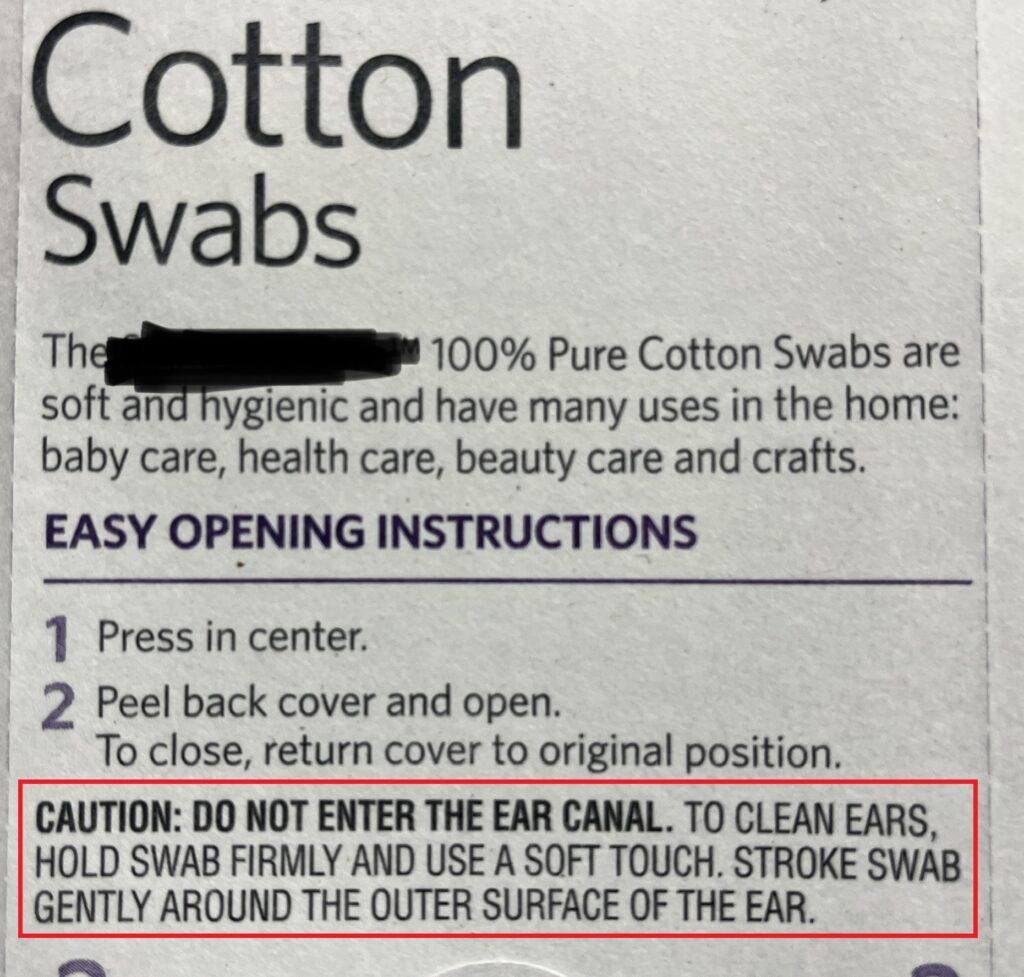The answer to that question is yes... but also no. Confused yet? Don't be, like your ears being cleared of ear wax after using an ear cleaning kit, we're going to clear your mind of any confusion when it comes to ear wax removal.
Alright, so let’s start with the basics; what is an ear cleaning kit?
Unfortunately, as useful as ear wax can be, sometimes earwax can build up and cause problems in the ears. It can make hearing difficult, and it can also lead to pain, itching and dizziness. Earwax is actually pretty important in keeping our ears healthy, but too much of it can be a problem.
Ear Cleaning kits are any devices, irrigation tools or otherwise, that can be used to remove ear wax. Easy right? Well, here comes the confusion:
There are a lot, and I mean A LOT of different devices on the market, most of which dont work at all and some that are downright dangerous.
For example, the majority of people don’t know that cotton swabs are not meant to be used inside the ear. There is even a warning on the label letting people know not to use these little guys in the ear.

Amazing how something as innocuous as cotton swabs can potentially cause so much harm. Another group of products often marketed as ear cleaning devices collectively known as “curettes”. These are small, metal pick like tools that are meant to pick and prod at cerumen (earwax) impactions. The problem with these little guys is that they can easily perforate an ear drum if not handled
correctly. That means a professional using an endoscope in the ear to ensure no damage is done.
The other option here is to use an irrigation tool. These are often the best method for removing earwax. After using an OTC ear drop solution made from carbamide peroxide to soften the ear wax, an irrigation device has a soft and gentle tip that enters the ear canal and shots a jet of water to flush the ear wax out. This can take a couple times but works great with very little opportunity to damage your ear drums. This method is the preferred way to clean the ears at-home, when you’re not able to visit the doctor’s office.
So, do ear cleaning kits work? The answer is yes! They can be very effective in removing earwax and relieving the symptoms that it can cause. However, it’s important to use them carefully and follow the instructions that come with the kit. Over-cleaning can damage the delicate tissues in your ear and lead to infection.
Why Does Ear Wax Build Up?
There are a few reasons why ear wax might build up. One is that the ear produces too much wax. This can be due to a number of factors, including genetics, age, and certain medical conditions.
Another reason for ear wax buildup is that the wax isn’t being cleared away effectively. This can happen if you use cotton swabs or other objects to clean your ears, which can push the wax further into the ear canal.
Earwax buildup can also happen if you have a blockage in your ear canal, such as from a foreign object or an ear infection. This can cause the wax to become trapped and accumulate.
How do I know if I have earwax buildup?
There are a few signs that you might have earwax buildup. These can include:
-Ear pain
-Itching
-Feeling like your ear is full or blocked
-Ringing in the ear (tinnitus)
-Decreased hearing in the affected ear
-Dizziness
-Coughing
If you have any of these symptoms, it’s important to see a doctor or other healthcare provider. They can examine your ear and determine whether earwax is the cause of your symptoms. If so, they can recommend the best treatment options.
Can earwax buildup be prevented?
There are a few things you can do to help prevent earwax buildup. These include:
-Avoiding inserting objects into your ear canal, such as cotton swabs
-Using ear drops that contain mineral oil, glycerin, or hydrogen peroxide
-Using a soft, dry cloth to gently wipe the outside of your ear
-Avoiding exposure to water when you have an ear infection
If you’re prone to earwax buildup, your doctor may also recommend using a gentle ear cleaning kit on a regular basis. This can help remove excess wax and prevent it from accumulating.




